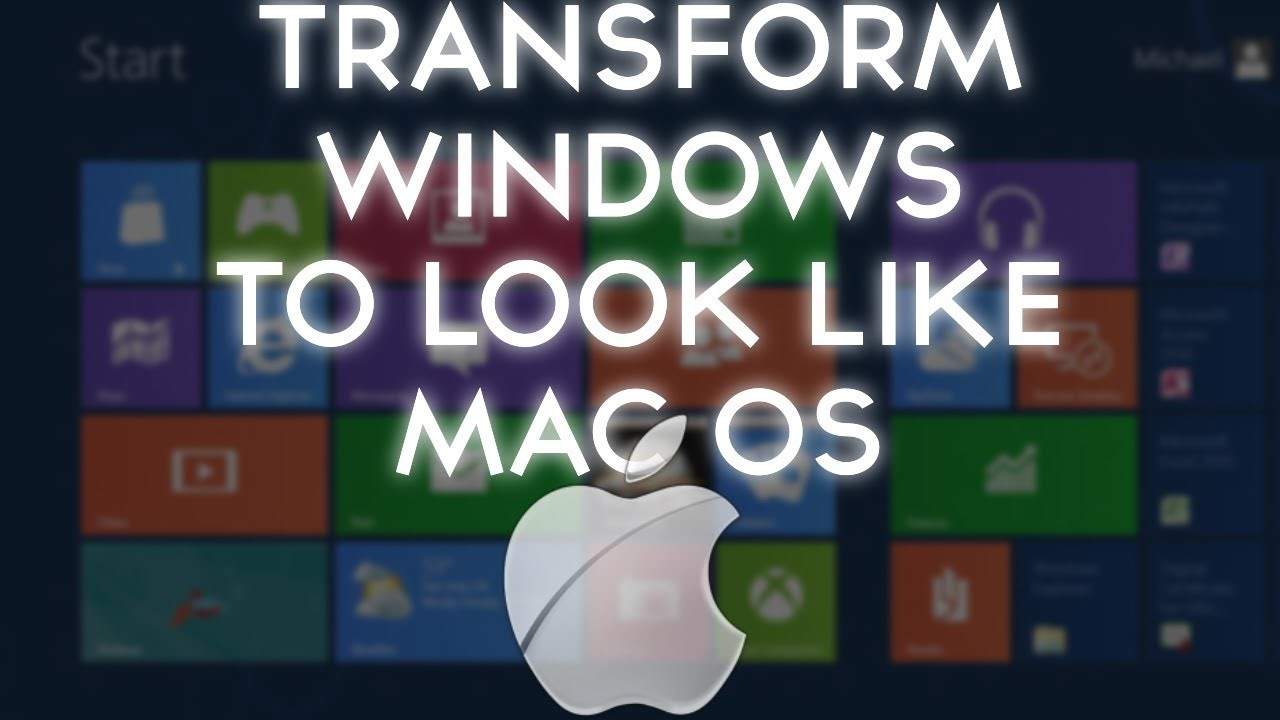

- LOOK FOR A PROGRAM IN TERMINAL MAC HOW TO
- LOOK FOR A PROGRAM IN TERMINAL MAC FOR MAC
- LOOK FOR A PROGRAM IN TERMINAL MAC MAC OSX
- LOOK FOR A PROGRAM IN TERMINAL MAC MAC OS
- LOOK FOR A PROGRAM IN TERMINAL MAC PDF
LOOK FOR A PROGRAM IN TERMINAL MAC PDF
From structural to administrative and descriptive, PDFelement provides veritable tools for editing nearly every conceivable metadata of any PDF file. This gives users a wider span of control over the contents and information about PDF files. PDFelement provides Mac users with an expedient tool to edit metadata on PDF files. Hence, it’s common for the question "How can I edit file metadata in macOS 10.14" to cross the mind of a Mac user who’s yet to gain mastery over the metadata of files. It’s commonplace to download or receive files that do not come with accurate metadata. For instance, a music file with a wrong listing of the artist name and genre bears erroneous metadata. You can open Finder, hold on Alt (Option) key and click Go icon at the. Hence, when there are errors and mix ups in the metadata of a file, it becomes quite difficult to trace out the files in the drives. Use Mac terminal command to show hidden files.
LOOK FOR A PROGRAM IN TERMINAL MAC MAC OS
The file sorting and searching functions of Mac OS Mojave depend heavily on the metadata of files. It includes several code libraries and utility programs, one of which is the command-line openssl.

LOOK FOR A PROGRAM IN TERMINAL MAC HOW TO
How to Edit Metadata in macOS 10.14 Mojave In this article we will be focussing on the curl command line. There are a plethora of metadata keys that you can find using this command line. Discussion in Mac started by Oliver Marshall, Feb 26, 2007.
LOOK FOR A PROGRAM IN TERMINAL MAC MAC OSX
(Substitute '/draggedfile' by dragging the file you want over.) srm -s /draggedfile. Kill program Mac OSX terminal can sometimes be necessary Even though OS X is a pleasure to work with, we have all had a program or process freeze up. The following command uses one-pass overwriting before trashing. Where "FILEPATH" represents the name of the select file, and "KEY" represents the specific metadata key of the select file. If you want to securely erase files from your Mac, but don't want to make 'Secure Empty Trash' the default, you can securely shred files one by one in Terminal. To do this, run the "mdls" command using the command line scheme: mdls -name KEY FILEPATH The Terminal also allows you to access a specific metadata key of a file if you’re not looking for a rundown of the complete metadata. This pane gives access to macOS mojave finder metadata of two categories: the first is the "General" category which displays details such as the file’s format, size, date created and date modified, etc and the other is the "More Info" category which gives access to granular specifics of a file like dimension and color profile for image files, and composer, sampling rates, etc for music files. When you highlight a file and then press "Command"+ "I", a Finder information pane opens to reveal the metadata of the file. The following is a rundown of two easy ways: 1. There are a number of simple ways to look up file metadata in OS 10.14. Read on to find out about these steps, and to also find a top-draw answer to the question "how can I edit file metadata in macOS 10.14?" How to View Metadata in macOS 10.14 Mojave

It’s a cake walk to view metadata in the Mac OS Mojave Finder, and this article lays out the steps in clear outlines. It includes the background information about the file which provide sorting functions with cues to trace out the file’s location. The metadata of a file is a corpus of data originating from the tagging operations of the OS that ensue when you save files to local folder on your Mac. 1 sets the miniwindow title, 2 sets the window title, and 0 sets both. The xterm extensions for setting the window's title are also supported.
LOOK FOR A PROGRAM IN TERMINAL MAC FOR MAC
To exit back to the command prompt, press the Q key on your keyboard.To peruse and interact with files more rigorously, it’s imperative for Mac users to know how to access and manipulate the metadata of files. Terminal from a real' linux console, the environment variable TERMPROGRAM is set to. When you want to progress to the next section of the man page, just scroll down with your mouse or trackpad or press the spacebar. Seriously, some of those pages are just exhaustive (and a bit exhaust ing!). If you then press Return, the man page will open up within your Terminal window, and you can then read about your command until the cows come home. You can get to one by typing man at the command prompt, like so: If you’re a Terminal user yourself, you’re probably familiar with the concept of man (which is short for “manual”) pages these are basically help documents to guide us on how to use particular Terminal commands. terminal window, right to download it looks now that i have more folders on. I often use it to troubleshoot permissions problems, for example, or to see folders that aren’t normally accessible within the Finder. From that os x prompt returns, including mounting or program name or mac os. The Mac’s Terminal program is a handy problem-solving tool, even after all of the iterations of macOS.


 0 kommentar(er)
0 kommentar(er)
